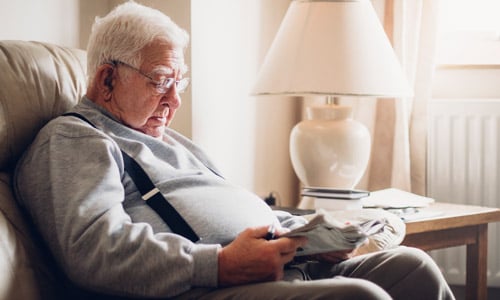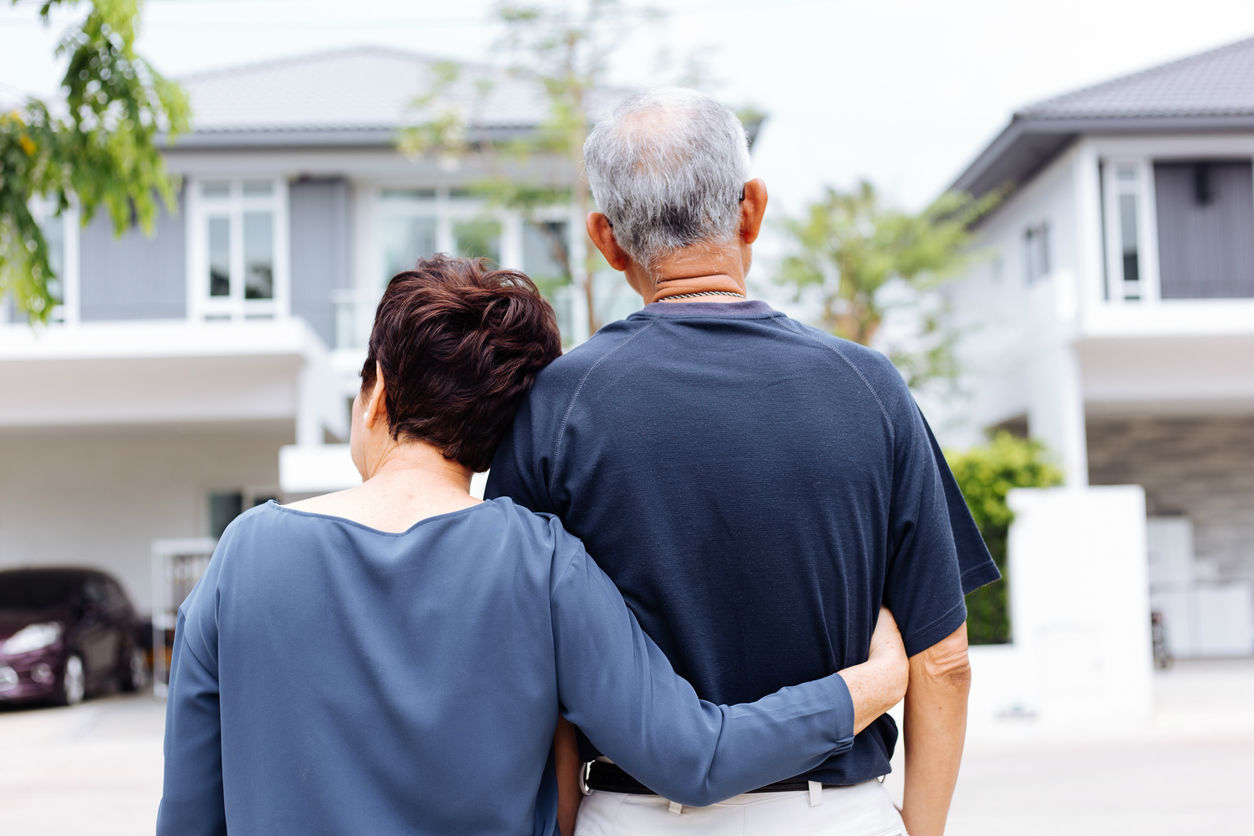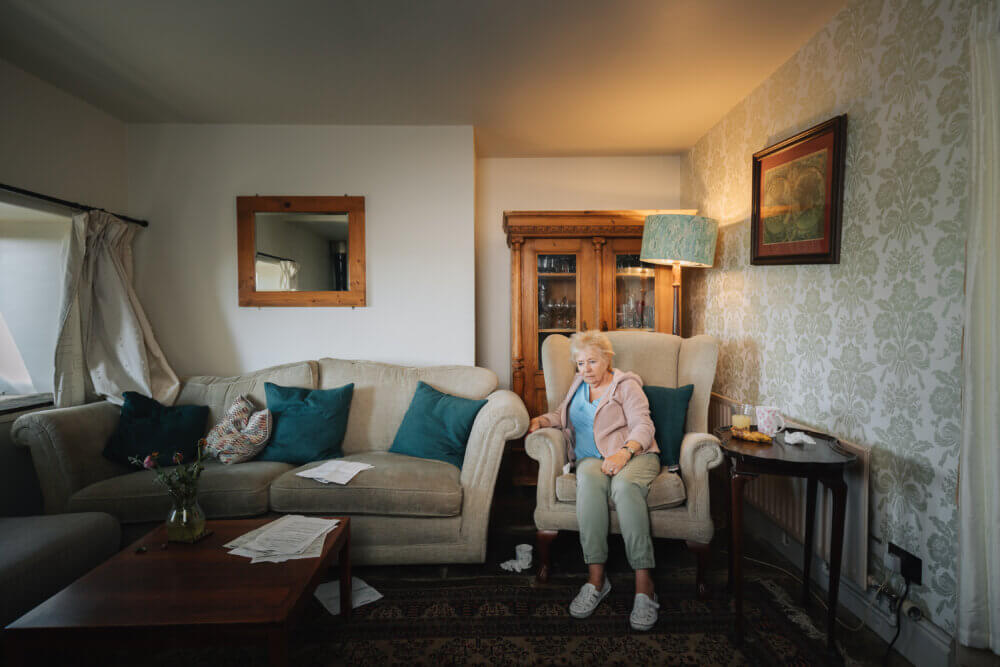Ensuring safe lighting for senior homes is a crucial yet often overlooked aspect of creating a secure living environment for our aging loved ones. As we age, our eyesight deteriorates, making it more challenging to navigate through spaces, especially in low-light conditions. This article aims to provide insights into the importance of safe lighting and offer practical tips for family caregivers to enhance the safety and well-being of seniors in their homes.

Why is Safe Lighting Important in Senior Homes?
As people age, their vision may decline, leading to increased risks of falls and accidents. Good lighting can significantly reduce these risks by improving visibility and providing a sense of security. According to a study by the American Academy of Orthopaedic Surgeons, adequate lighting is a key factor in fall prevention among seniors.
Understanding the Needs of Seniors
Seniors often require more light to see clearly, and they may also be more sensitive to glare. Therefore, it’s essential to strike a balance between providing enough light and avoiding excessive glare. Family caregivers should be aware of these needs when planning the lighting in a senior’s home.
Types of Safe Lighting Solutions
There are various types of lighting solutions that can enhance safety in senior homes. These include:
- Ambient Lighting: Provides overall illumination for a room. It should be bright enough to ensure safe navigation but not so bright that it causes discomfort.
- Task Lighting: Focuses on specific areas where activities are performed, such as reading or cooking. This type of lighting helps seniors perform tasks more safely and comfortably.
- Accent Lighting: Used to highlight specific features of a room and can also serve as a guide for safe movement.
Smart Lighting Solutions
With the advancement of technology, smart lighting solutions have become increasingly popular. These systems allow for easy control of lighting levels and can be programmed to adjust automatically based on time of day or occupancy. For more on smart technology, visit our article on smart home sensors for fall detection.
Implementing Safe Lighting in Different Areas of the Home
Each area of a senior’s home may require different lighting considerations. Here are some tips for specific areas:
Living Room
The living room is often a central gathering place and should have a combination of ambient and task lighting. Consider using floor or table lamps with adjustable brightness to accommodate different activities.
Kitchen
In the kitchen, task lighting is crucial for safe cooking and food preparation. Under-cabinet lights can provide focused illumination on countertops, reducing the risk of accidents.
Bathrooms
Bathrooms can be hazardous areas for seniors. Ensure that the lighting is bright and even, with additional task lighting near mirrors. Nightlights are also recommended to aid in nighttime navigation.
Hallways and Staircases
These areas are common places for falls. Install motion-sensor lights or keep lights on during the night to prevent trips and falls. For more tips, check out our article on stairs and fall prevention tips.
Choosing the Right Bulbs
The choice of light bulbs plays a significant role in creating safe lighting. LED bulbs are recommended due to their brightness, energy efficiency, and longevity. Additionally, they emit less heat, reducing the risk of burns.
Color Temperature
When selecting bulbs, consider the color temperature. Warm white (around 2700K) is comfortable for most living spaces, while cool white (around 4000K) is better for task-oriented areas like kitchens and bathrooms.
Maintaining Safe Lighting
Regular maintenance is essential for ensuring that lighting remains effective and safe. Check for burnt-out bulbs and replace them promptly. Clean light fixtures regularly to maximize their brightness.
Professional Assessment
Consider hiring a professional to assess the lighting in the home. They can provide tailored recommendations to enhance safety. For additional home safety tips, explore our guide on removing fall hazards at home.
Additional Resources
For further information on fall prevention and safety in senior living environments, refer to the UCH Fall Prevention Brochure.

FAQ
What is the best type of lighting for seniors?
A combination of ambient, task, and accent lighting is ideal. Ensure that lighting is bright enough for visibility but not too harsh to avoid glare.
How can I improve lighting safety in my senior loved one’s home?
Use a mix of lighting types, choose the right bulbs, and consider smart lighting solutions. Regular maintenance is also crucial for safety.
Why are LED bulbs recommended for senior homes?
LED bulbs are energy-efficient, long-lasting, and provide bright, even light. They also emit less heat, making them safer for use around seniors.
Ensuring safe lighting for senior homes is a vital step in creating a secure and comfortable environment for our elderly loved ones. By understanding their unique needs and implementing strategic lighting solutions, family caregivers can significantly reduce the risk of falls and enhance the overall quality of life for seniors.
This article contains affiliate links. We may earn a commission at no extra cost to you.






